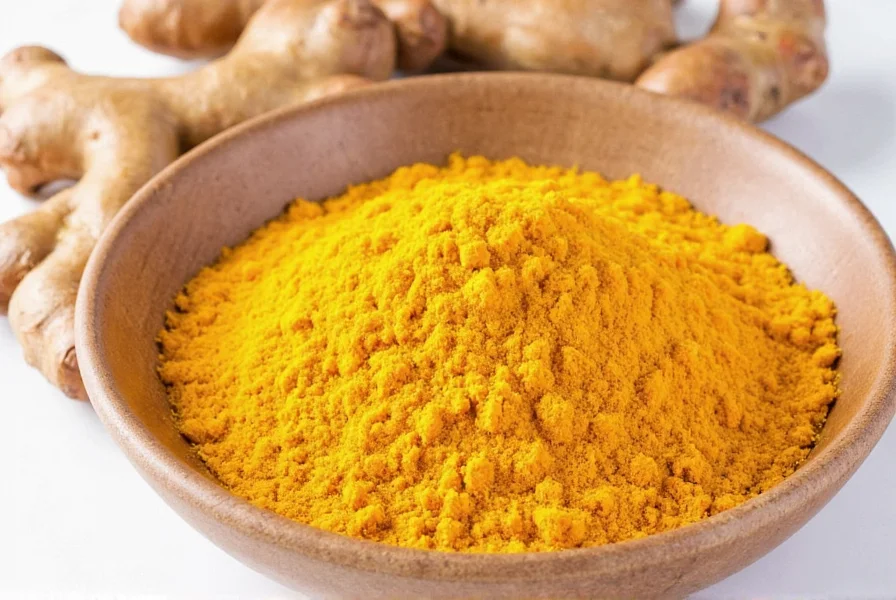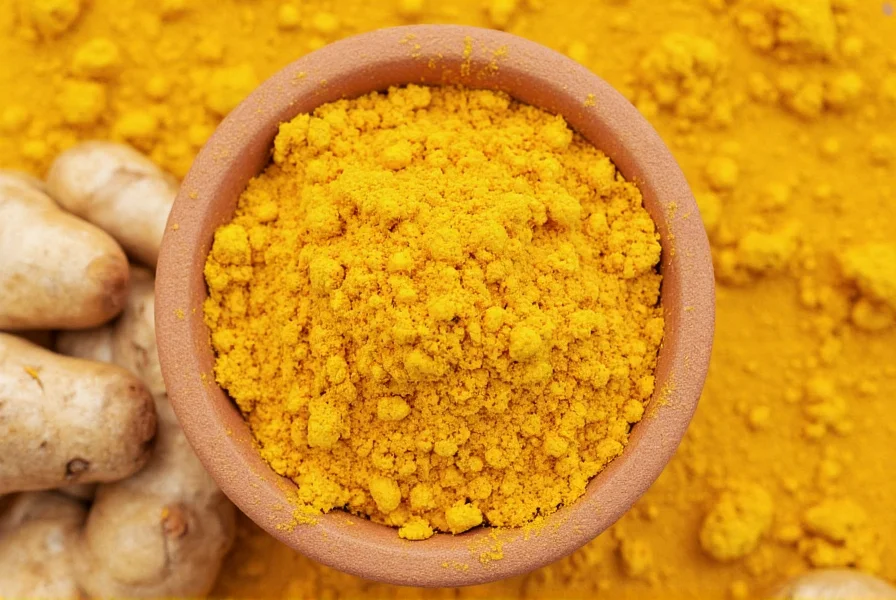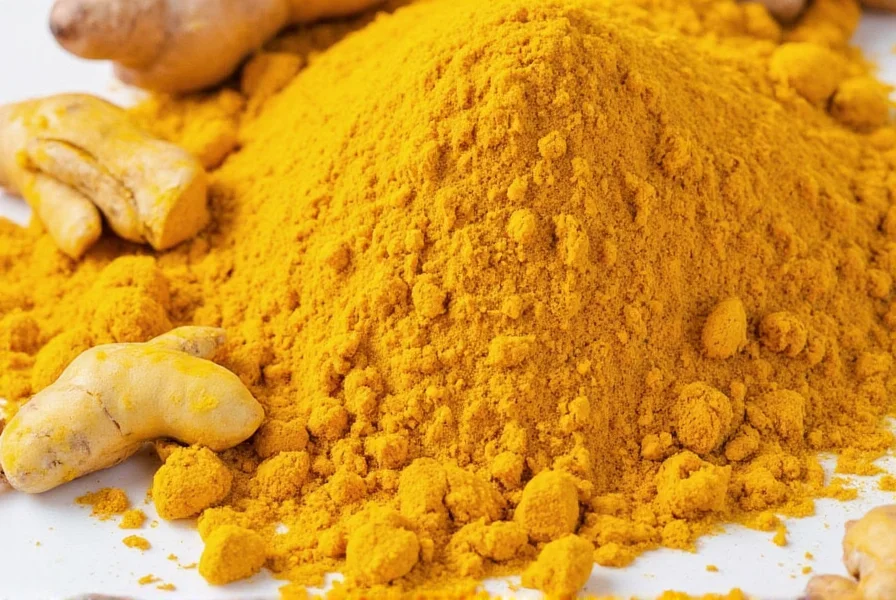For centuries, turmeric and ginger have been staples in traditional medicine systems across Asia. Modern science is now validating many of these traditional uses while uncovering new potential applications. These golden-hued spices contain bioactive compounds that interact with multiple physiological systems in the human body. Understanding their evidence-based benefits helps consumers make informed decisions about incorporating them into wellness routines.
The Science Behind Turmeric and Ginger
Turmeric's primary active compound, curcumin, constitutes about 2-8% of the spice and demonstrates powerful anti-inflammatory and antioxidant properties. However, curcumin has low bioavailability on its own, which is why combining it with black pepper (containing piperine) can increase absorption by up to 2,000%. Ginger's main bioactive component, gingerol, provides its characteristic pungency and many therapeutic effects.
Research published in Advances in Experimental Medicine and Biology confirms that curcumin modulates multiple cell signaling pathways involved in inflammation, oxidative stress, and cell survival. Similarly, studies in the Journal of Medicinal Food demonstrate gingerol's ability to inhibit inflammatory cytokines and reduce oxidative damage.
Evidence-Based Health Benefits
When evaluating the health benefits of turmeric and ginger, it's crucial to distinguish between well-established effects and those requiring further research. The following list presents benefits according to current scientific understanding:
| Benefit | Scientific Support Level | Key Research Findings |
|---|---|---|
| Reduction of inflammation | Strong | Curcumin matches some anti-inflammatory drugs without side effects (Journal of Alternative and Complementary Medicine) |
| Pain relief for osteoarthritis | Moderate | Significant pain reduction compared to placebo (Arthritis & Rheumatism) |
| Improved digestion | Strong | Ginger accelerates gastric emptying by 25% (European Journal of Gastroenterology & Hepatology) |
| Antioxidant protection | Strong | Both spices increase activity of antioxidant enzymes (Oxidative Medicine and Cellular Longevity) |
1. Powerful Anti-Inflammatory Effects
The natural anti-inflammatory spices turmeric and ginger work through different mechanisms to reduce inflammation. Curcumin inhibits NF-kB, a molecule that triggers inflammation at the cellular level. Gingerol suppresses pro-inflammatory cytokines. A 2021 meta-analysis in Nutrients found that curcumin supplementation significantly reduced CRP (C-reactive protein), a key inflammation marker.
2. Joint Pain Relief
For those seeking turmeric and ginger for inflammation related to joint conditions, research shows promise. A study in Arthritis Research & Therapy demonstrated that 1,000 mg of curcumin daily reduced osteoarthritis pain more effectively than diclofenac, a common NSAID. Ginger extract at 500-1,000 mg daily showed similar benefits in multiple trials.
3. Enhanced Digestive Health
Ginger's ability to accelerate gastric emptying makes it particularly valuable for digestive issues. Research shows it reduces nausea from pregnancy, chemotherapy, and surgery. Turmeric stimulates bile production, aiding fat digestion. Together, they create a powerful combination for how to use turmeric and ginger for health digestive support.
4. Cognitive Function Support
Curcumin increases brain-derived neurotrophic factor (BDNF), which supports neuron growth. A double-blind study in American Journal of Geriatric Psychiatry found that curcumin improved memory and attention in healthy adults. While ginger research for cognitive benefits is less extensive, its antioxidant properties likely contribute to brain health.
5. Cardiovascular Protection
Both spices show potential for heart health. Curcumin improves endothelial function (the lining of blood vessels) as effectively as exercise in some studies. Ginger reduces cholesterol levels and prevents blood clotting. The scientific evidence for turmeric benefits in cardiovascular health continues to grow, with multiple mechanisms identified.
6-20. Additional Evidence-Supported Benefits
Continuing our exploration of the 20 benefits of turmeric and ginger, research indicates these spices may also:
- 7. Support liver detoxification pathways
- 8. Reduce muscle soreness after exercise
- 9. Exhibit potential anti-cancer properties (primarily in laboratory studies)
- 10. Help manage blood sugar levels
- 11. Alleviate menstrual pain
- 12. Support respiratory health
- 13. Improve skin health and wound healing
- 14. Reduce migraine frequency and intensity
- 15. Support weight management efforts
- 16. Enhance mood and potentially reduce depression symptoms
- 17. Protect against neurodegenerative diseases
- 18. Strengthen immune function
- 19. Reduce chemotherapy-induced nausea
- 20. Support oral health by inhibiting bacterial growth

Maximizing Benefits Through Proper Consumption
To experience the turmeric ginger tea benefits and other applications, consider these evidence-based consumption strategies:
- Combine turmeric with black pepper (just 1/20th teaspoon) to dramatically increase curcumin absorption
- Consume both spices with healthy fats (like coconut oil or avocado) as they're fat-soluble
- Heat enhances curcumin's solubility—cooking with turmeric increases bioavailability
- For inflammation, aim for 500-2,000 mg of curcumin daily (equivalent to 1-3 teaspoons of turmeric)
- Ginger's benefits appear at doses of 1,000-2,000 mg daily
Safety Considerations and Potential Interactions
While generally safe as culinary spices, higher therapeutic doses require caution. The turmeric and ginger side effects may include:
- Increased bleeding risk (avoid before surgery or with blood thinners)
- Gastrointestinal discomfort at high doses
- Potential interactions with diabetes medications (may enhance effects)
- Gallstone concerns with turmeric (stimulates bile production)
Pregnant women should consult healthcare providers before using therapeutic doses. Those with gallbladder issues should exercise caution with turmeric. Always discuss supplementation with your physician, especially if taking medications.
Practical Ways to Incorporate Into Your Diet
You don't need supplements to enjoy the ginger health properties and turmeric benefits. Try these simple methods:
- Morning golden milk (turmeric, ginger, milk alternative, black pepper, cinnamon)
- Immune-boosting tea with fresh ginger, turmeric, lemon, and honey
- Stir-fries with generous amounts of both spices
- Smoothies with fresh or powdered forms
- Homemade salad dressings featuring these spices

Conclusion: A Balanced Perspective on Turmeric and Ginger Benefits
The 20 benefits of turmeric and ginger represent a compelling case for incorporating these spices into a health-conscious diet. However, it's essential to maintain realistic expectations—these are complementary wellness tools, not miracle cures. The strongest evidence supports their anti-inflammatory and digestive benefits, while other potential applications require more human clinical research. When used appropriately as part of a balanced lifestyle, turmeric and ginger offer a safe, natural way to support overall wellness with minimal risk.
Frequently Asked Questions
What's the most effective way to consume turmeric for maximum benefits?
For optimal absorption of curcumin, combine turmeric with black pepper (which contains piperine) and a healthy fat. Research shows this combination can increase curcumin absorption by up to 2,000%. Heating turmeric also enhances its solubility. A simple golden milk recipe with coconut milk (fat), a pinch of black pepper, and heated turmeric provides significantly better bioavailability than turmeric alone.
Can turmeric and ginger help with arthritis pain?
Multiple studies indicate both spices can reduce arthritis symptoms. A clinical trial published in Arthritis & Rheumatism found curcumin reduced osteoarthritis pain significantly more than placebo. Ginger extract at 500-1,000 mg daily showed comparable effectiveness to ibuprofen for pain relief in osteoarthritis patients. While not replacements for medical treatment, they can be valuable complementary approaches for managing joint inflammation and pain.
Are there any medication interactions I should be aware of with turmeric or ginger?
Yes, both spices can interact with certain medications. Turmeric may enhance the effects of blood thinners like warfarin and increase bleeding risk. It may also interact with diabetes medications by potentially lowering blood sugar further. Ginger has similar blood-thinning properties and may interact with anticoagulants. Both may affect how the body processes certain drugs through cytochrome P450 pathways. Always consult your healthcare provider before using therapeutic doses if you take prescription medications.
How much turmeric and ginger should I consume daily for health benefits?
For culinary use, 1-3 teaspoons of turmeric and 1-1.5 inches of fresh ginger daily are generally safe. For therapeutic benefits, research suggests 500-2,000 mg of curcumin (from about 1-3 teaspoons of turmeric) and 1,000-2,000 mg of ginger daily. However, optimal dosage varies based on individual health status and goals. It's best to start with smaller amounts and gradually increase while monitoring your body's response. Consult a healthcare professional for personalized recommendations.
Can I get the same benefits from supplements as from whole spices?
Supplements can provide concentrated doses of active compounds like curcumin, but whole spices offer additional beneficial compounds and fiber. High-quality curcumin supplements often include piperine for better absorption. However, research suggests the full spectrum of compounds in whole spices may provide synergistic benefits that isolated compounds don't. For general wellness, culinary use of whole spices is excellent; for specific therapeutic goals under medical guidance, standardized supplements might be appropriate. Always choose reputable brands that verify their product contents.











 浙公网安备
33010002000092号
浙公网安备
33010002000092号 浙B2-20120091-4
浙B2-20120091-4